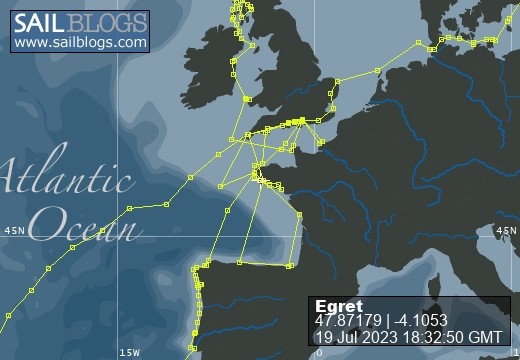
Egret
09 August 2022 | Picture: The Sunk Inner Light Vessel in the Thames Estuary
03 August 2022 | Egret at the Royal Norfolk and Suffolk Yacht Club, Lowestoft
23 July 2022 | Picture: One of the smaller locks at Holtenau
20 July 2022 | Picture: Patrick reminiscing with Juergen at Rostock
11 July 2022 | Picture: Egret at Stralsund, with the barque Gorch Fock beyond
04 July 2022 | Picture: Amanda on Bornholm
01 July 2022 | Picture: Kristianopol, with Egret at far right
26 June 2022 | Ernemar
19 September 2020 | Picture: Egret being lifted out at Ernemar, Sweden
08 September 2020 | Chart: our route from Mem into the Tjust Archipelago
01 September 2020 | Picture: the Carl Johans flight of seven locks
29 August 2020 | Picture: Egret (by G. Einefors)
27 August 2020 | Picture: Egret at Vadstena Castle
25 August 2020 | Picture: Norrkvarn Lock
23 August 2020 | Picture: Egret crossing Lake Vänern
19 August 2020 | Picture: Inside the lowest Trollhatte lock
17 August 2020 | Picture: The Gota Alv Bron in Gothenburg
16 August 2020 | Picture: the GKSS, Langedrag
13 August 2020 | Picture: Egret alongside (left) at Fisketangen
10 August 2019
73. Archipielago de los Jardines de la Reine
02 March 2013

The fall-out from the chimneys of the cement works in the next creek was leaving nasty brown spots on our coach-roof and decks, so we were keen to move on, but there were a few things we needed and wanted to do on our last full day in Santiago. Firstly, we bought a few extra navigation charts from an agent who brought out a selection to our boat. Cuba has an excellent hydrographic service, trained by the Russians. We also had to get our laundry done and fill the tanks with diesel and water. We took time out for a taxi ride to the Castillo del Morro - a really magnificent and historic stone structure. It was literally littered with old cannons, including a pair of large ornate bronze barrels dating from 1748. It seems a shame that they felt the need to attract tourists by jumping on the pirate bandwagon with a themed pirate museum. As lighthouse enthusiasts, we made sure we visited the one next to the Castillo. We were shown round by the keeper and inspected the original French rotating mechanism which is still wound by hand. The views up and down the coast from the top are stupendous.
Our cruising permit, which gave us permission to sail to Casilda and stop at any of the minor anchorages along the way, was issued next morning; and we cast off at midday. Once out at sea we turned to the west and, with a fitful breeze, part sailed and part motored into the night. The moon high ahead cast a silver glimmer onto the dark grey sea. Three miles to starboard, the shoreline was picked out by clusters of dim lights from small fishing communities. Beyond these rose the slate-grey backdrop of the mountain range, appearing as a cardboard cut-out against the pale grey sky, pin-pricked with stars. After 100 miles the mountains drop down into the sea at Cabo Cruz, where we anchored behind the reef the following afternoon.
Between here and Casilda, 200 miles further to the west, Cuba is indented by a shallow expanse of sea dotted with small islands, or cayos: an area not unlike the Bahamas - but deserted and unspoiled by development. We raised the anchor as the sun rose over the headland and set off across the bay. After several miles, a string of cayos appeared - all topped with mangroves, some fringed by sand. A cluster of buoys and beacons marked the Canal de Cuatro Reales - gateway into the Golfo de Guacanayabo. At the close of day we anchored in the bight of Cayo Media Luna, a perfectly crescent-shaped island, 1.3 miles across from tip to tip. That night, a full moon rose over Half Moon Bay. Next day we motored to Cayo Granada, found the cut through the reef and anchored within the lagoon of this horseshoe shaped island. We launched the dinghy and landed on the soft, silty sand of the spit projecting from the mangroves at one end of the cay. It was very hot with barely a breath of wind, so we headed back to the boat for a swim to cool down.
Next day, we passed through a couple of tortuous but well marked "canals" through the Archipielago de los Jardines de la Reine - what a beautiful name for a chain of islands! We were now in the Golfo de Ana Maria, and finished the day at anchor inside the enclosed lagoon of Cayo Algodon Grande. In the morning we took the dinghy into a channel through the mangroves and landed at the head of a short track that lead to a beautiful sandy beach, fringed with palm trees. The ruins of a small resort village were rapidly disappearing beneath the regenerating shrubs and trees. We walked a little way along the strand and swam in the pristine turquoise sea. In the afternoon, we moved on to Cayo Cuervo and anchored in a large bay behind an enclosing reef. For the first time we shared the anchorage with a couple of other yachts, as well as three fishing boats. We had a bit of a struggle getting the anchor up next morning as it had snagged an old wire rope, but luckily there was enough slack to bring it to the surface and prise it off the flukes. Seven rusty old trawlers were working in the area, one of which left a trail of discarded starfish floating on the surface as the crew sorted through their catch.
We headed out towards through the Canal Boca Grande, 6m deep, to the open sea; and within minutes the depth had plummeted to 300m. We sailed up the seaward side of Cayo Breton, the northernmost island in the archipelago, and anchored behind the reef. We took a dinghy tour of the extensive but shallow lagoon hidden within the island. Large areas of mangroves were bare of leaves and we were concerned that pollution may have been the cause, but we later realised that they'd probably been damaged by Hurricane Sandy. After a rolly night at anchor, we continued to Cayos Machos de Fuera. After two unsuccessful attempts to get the anchor to hold due to the hard bottom, a fisherman called out and indicated a better spot - then dived in with a snorkel to check that it was set. Where else in the world would that happen? We went ashore in the dinghy and landed by a small beach bar surrounded by sun-loungers and picnic tables - presumably a destination for day excursions from Casilda. Now late in the afternoon, only iguanas prowled about the beach. Next morning, we sailed the last few miles to Casilda, the port for the old town of Trinidad.
In several of the anchorages we had been offered fish by fishermen. They were always very friendly but clearly concerned about being spotted by the authorities. I don't suppose Cuba has a department monitoring visitors' blogs, but, just in case, we have jumbled up events and not mentioned the locations. On one occasion we paid money, but otherwise traded with goods such as rum, coffee, cans of Coke or biscuits. Sometimes they asked for things that we couldn't spare or just didn't have, such as razor blades: we wished we'd known the sorts of things they needed beforehand. A typical occasion was when a fishing boat approached soon after our anchor was down, casually cut its engine and drifted close by. The gesture was obvious, so we rowed over and were offered some squid. They looked surprise when we asked for fish, but they produced five red snappers then showed us a couple of lobster tails. We handed them a bag which was promptly filled with seventeen of them - totally ignoring our protests to stop! Another fisherman rowed over with a huge fish which we tried to refuse as we had plenty already, but to no avail. He later returned at dusk and proudly presented us with two large lobster tails. Three men in a rowing boat held up a fish as we approached another anchorage, which we acknowledged with a thumbs-up, but then disappeared into the mangroves about half a mile away. Later, we were mystified by the sight of two figures swimming towards us wearing snorkels and masks. They came alongside, and one produced a large red snapper from under his tee shirt! More to our surprise, just before dusk they swam back and produced bananas, tomatoes and eggs from some very soggy plastic bags. They said the water was cold and asked for a tot of rum, so we gave them some in a mug - it seemed a tough way of doing business! Our fridge was soon full, and we feasted off various fish and lobster dishes for a week - the best food we'd eaten in months!
Our cruising permit, which gave us permission to sail to Casilda and stop at any of the minor anchorages along the way, was issued next morning; and we cast off at midday. Once out at sea we turned to the west and, with a fitful breeze, part sailed and part motored into the night. The moon high ahead cast a silver glimmer onto the dark grey sea. Three miles to starboard, the shoreline was picked out by clusters of dim lights from small fishing communities. Beyond these rose the slate-grey backdrop of the mountain range, appearing as a cardboard cut-out against the pale grey sky, pin-pricked with stars. After 100 miles the mountains drop down into the sea at Cabo Cruz, where we anchored behind the reef the following afternoon.
Between here and Casilda, 200 miles further to the west, Cuba is indented by a shallow expanse of sea dotted with small islands, or cayos: an area not unlike the Bahamas - but deserted and unspoiled by development. We raised the anchor as the sun rose over the headland and set off across the bay. After several miles, a string of cayos appeared - all topped with mangroves, some fringed by sand. A cluster of buoys and beacons marked the Canal de Cuatro Reales - gateway into the Golfo de Guacanayabo. At the close of day we anchored in the bight of Cayo Media Luna, a perfectly crescent-shaped island, 1.3 miles across from tip to tip. That night, a full moon rose over Half Moon Bay. Next day we motored to Cayo Granada, found the cut through the reef and anchored within the lagoon of this horseshoe shaped island. We launched the dinghy and landed on the soft, silty sand of the spit projecting from the mangroves at one end of the cay. It was very hot with barely a breath of wind, so we headed back to the boat for a swim to cool down.
Next day, we passed through a couple of tortuous but well marked "canals" through the Archipielago de los Jardines de la Reine - what a beautiful name for a chain of islands! We were now in the Golfo de Ana Maria, and finished the day at anchor inside the enclosed lagoon of Cayo Algodon Grande. In the morning we took the dinghy into a channel through the mangroves and landed at the head of a short track that lead to a beautiful sandy beach, fringed with palm trees. The ruins of a small resort village were rapidly disappearing beneath the regenerating shrubs and trees. We walked a little way along the strand and swam in the pristine turquoise sea. In the afternoon, we moved on to Cayo Cuervo and anchored in a large bay behind an enclosing reef. For the first time we shared the anchorage with a couple of other yachts, as well as three fishing boats. We had a bit of a struggle getting the anchor up next morning as it had snagged an old wire rope, but luckily there was enough slack to bring it to the surface and prise it off the flukes. Seven rusty old trawlers were working in the area, one of which left a trail of discarded starfish floating on the surface as the crew sorted through their catch.
We headed out towards through the Canal Boca Grande, 6m deep, to the open sea; and within minutes the depth had plummeted to 300m. We sailed up the seaward side of Cayo Breton, the northernmost island in the archipelago, and anchored behind the reef. We took a dinghy tour of the extensive but shallow lagoon hidden within the island. Large areas of mangroves were bare of leaves and we were concerned that pollution may have been the cause, but we later realised that they'd probably been damaged by Hurricane Sandy. After a rolly night at anchor, we continued to Cayos Machos de Fuera. After two unsuccessful attempts to get the anchor to hold due to the hard bottom, a fisherman called out and indicated a better spot - then dived in with a snorkel to check that it was set. Where else in the world would that happen? We went ashore in the dinghy and landed by a small beach bar surrounded by sun-loungers and picnic tables - presumably a destination for day excursions from Casilda. Now late in the afternoon, only iguanas prowled about the beach. Next morning, we sailed the last few miles to Casilda, the port for the old town of Trinidad.
In several of the anchorages we had been offered fish by fishermen. They were always very friendly but clearly concerned about being spotted by the authorities. I don't suppose Cuba has a department monitoring visitors' blogs, but, just in case, we have jumbled up events and not mentioned the locations. On one occasion we paid money, but otherwise traded with goods such as rum, coffee, cans of Coke or biscuits. Sometimes they asked for things that we couldn't spare or just didn't have, such as razor blades: we wished we'd known the sorts of things they needed beforehand. A typical occasion was when a fishing boat approached soon after our anchor was down, casually cut its engine and drifted close by. The gesture was obvious, so we rowed over and were offered some squid. They looked surprise when we asked for fish, but they produced five red snappers then showed us a couple of lobster tails. We handed them a bag which was promptly filled with seventeen of them - totally ignoring our protests to stop! Another fisherman rowed over with a huge fish which we tried to refuse as we had plenty already, but to no avail. He later returned at dusk and proudly presented us with two large lobster tails. Three men in a rowing boat held up a fish as we approached another anchorage, which we acknowledged with a thumbs-up, but then disappeared into the mangroves about half a mile away. Later, we were mystified by the sight of two figures swimming towards us wearing snorkels and masks. They came alongside, and one produced a large red snapper from under his tee shirt! More to our surprise, just before dusk they swam back and produced bananas, tomatoes and eggs from some very soggy plastic bags. They said the water was cold and asked for a tot of rum, so we gave them some in a mug - it seemed a tough way of doing business! Our fridge was soon full, and we feasted off various fish and lobster dishes for a week - the best food we'd eaten in months!
Comments
| Vessel Name: | Egret |
| Vessel Make/Model: | Sweden Yachts 390 |
| Hailing Port: | Chichester Harbour |
| Crew: | Patrick & Amanda Marshall |
Egret's Photos - Main
R.jpg) |
The Gota River, Trollhatte Canal, Lakes Vanern & Vattern and the Gota Canal
2 Photos | 9 Sub-Albums
Created 30 September 2020
|
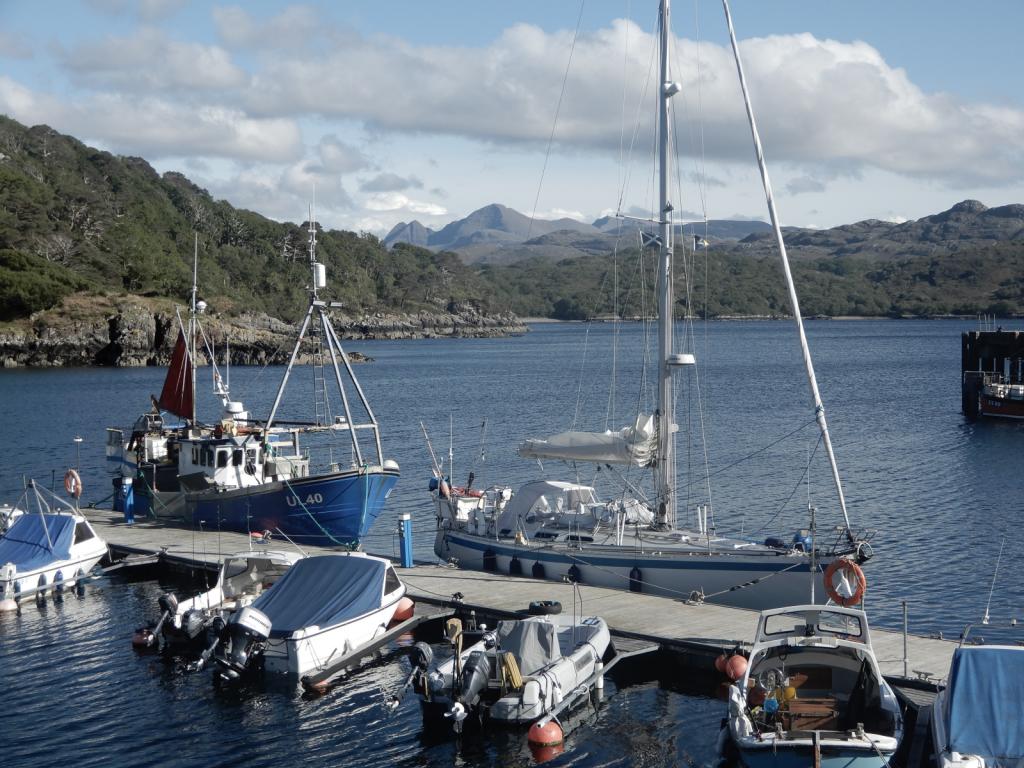 |
The Inner and Outer Hebrides, Orkney, Fair Isle, Shetland, Norway and Sweden's west coast.
1 Photo
Created 14 November 2019
|
|
Normandy, Scilly, Pembrokeshire, Ireland, Isle of Man, Northern Ireland, Inner Hebrides and the Crinan Canal.
1 Photo
Created 14 November 2018
|
Egret
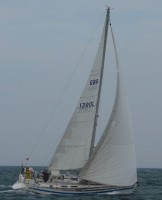
Who: Patrick & Amanda Marshall
Port: Chichester Harbour

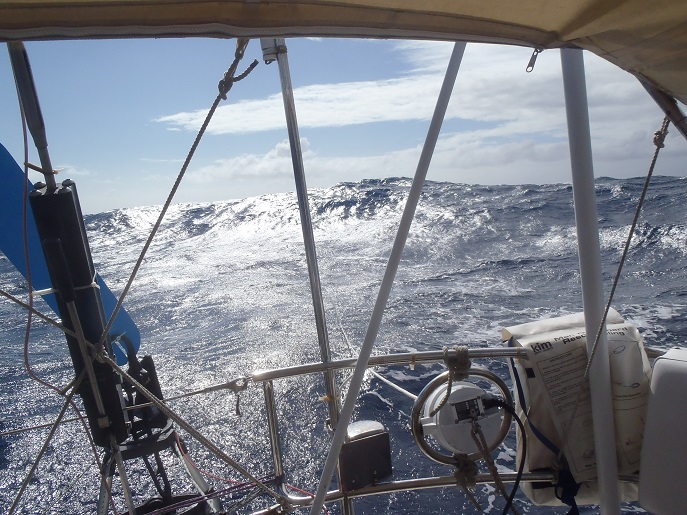
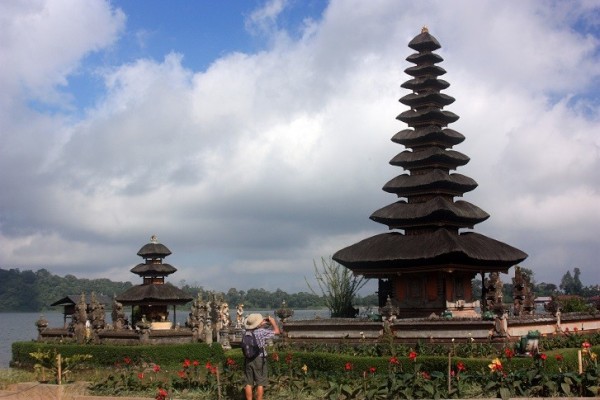
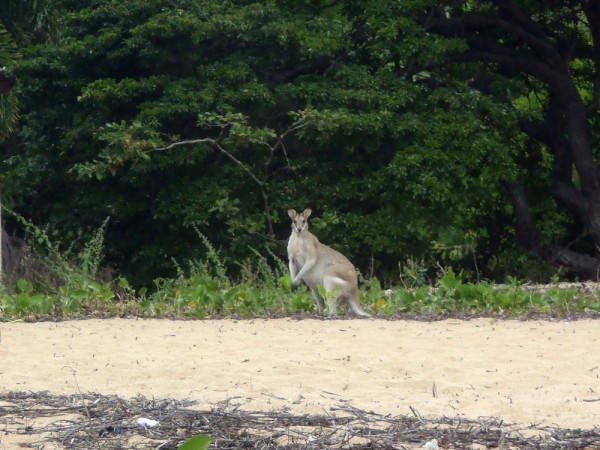
, Pentecost, Naghol (Land diving)a.jpg)
Amanda raising the Quarantine & New Zealand courtesy flagedit_edited-1 a.jpg)
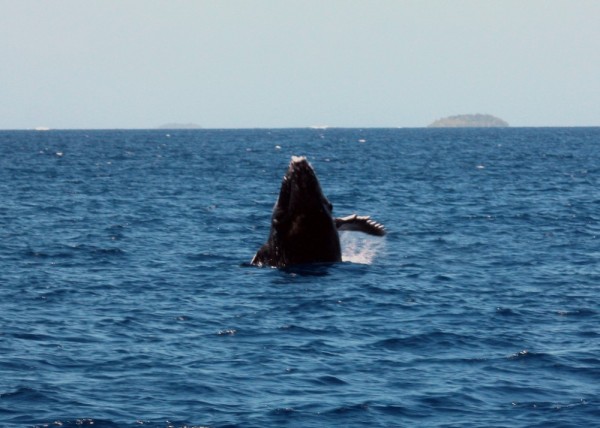
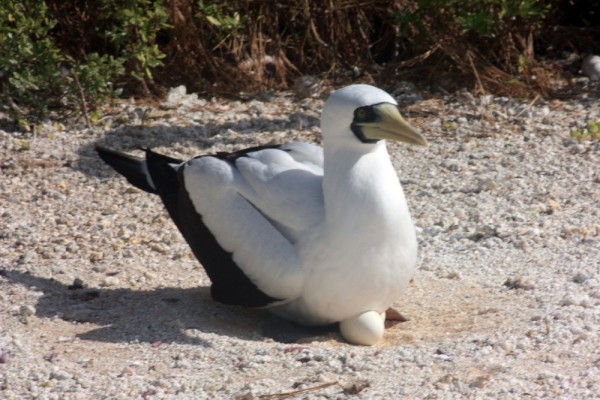
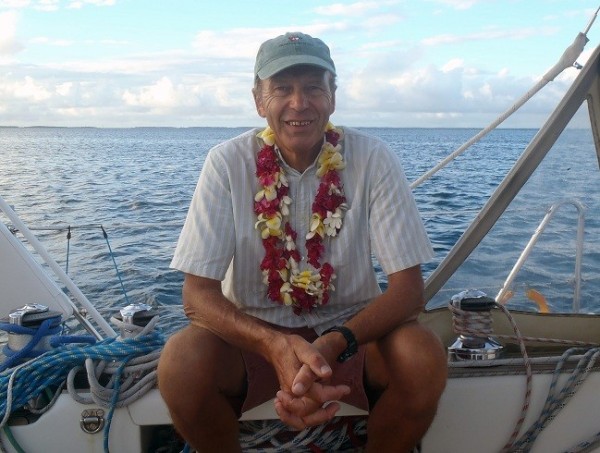
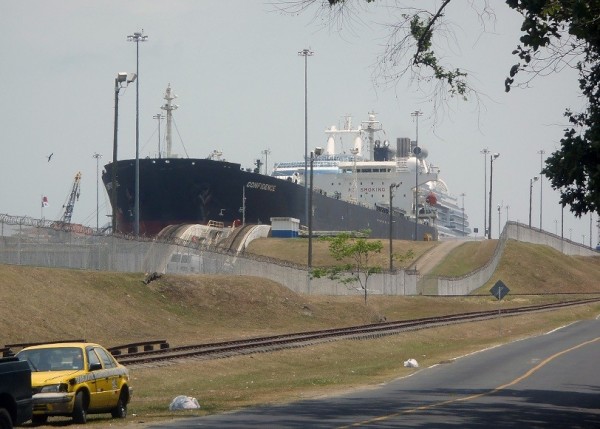
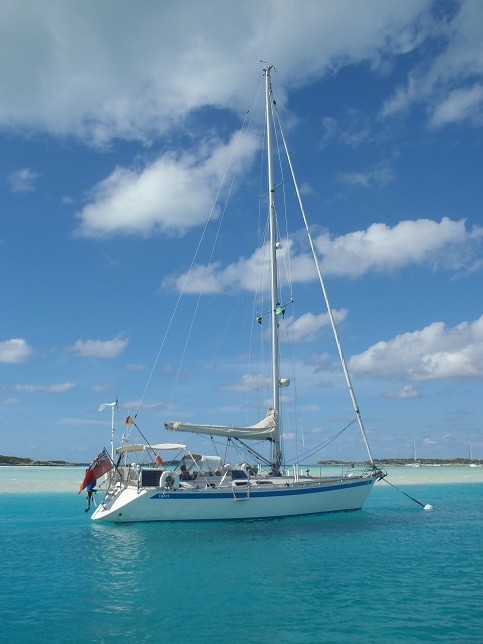
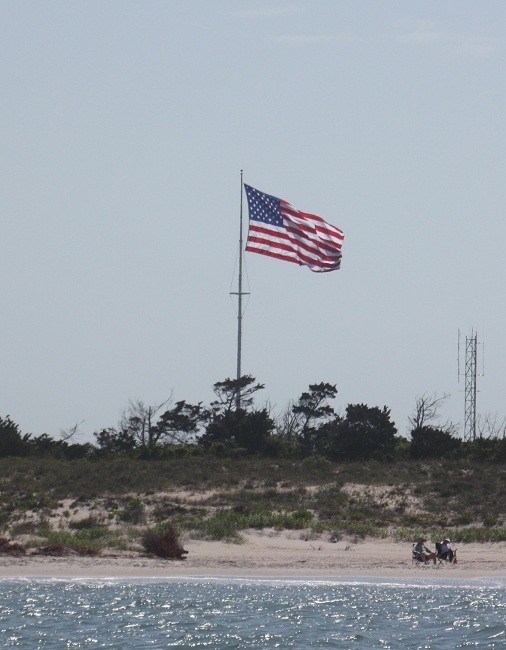
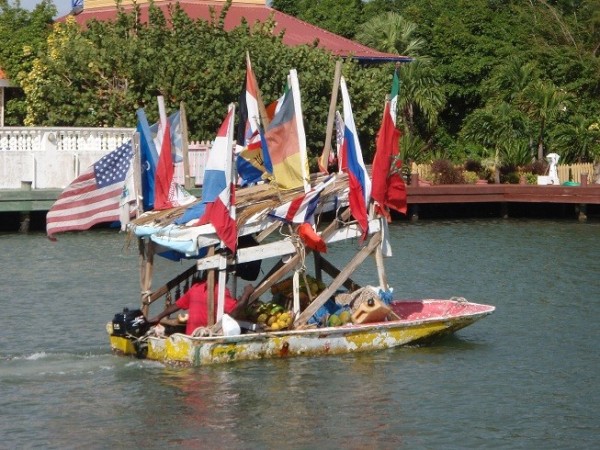
R.jpg)
 Marina.jpg)




